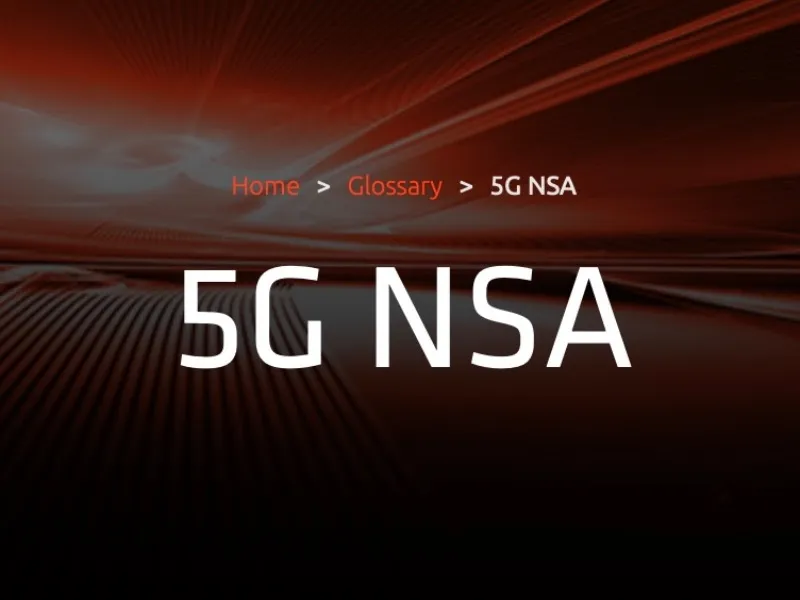- Imagine transforming a bustling metropolis overnight without shutting it down—that’s the genius of 5G NSA.
- 5G NSA represents a pivotal moment in the telecommunications landscape, offering a pragmatic yet powerful pathway to the future of connectivity.
The race towards 5G has been electrifying, promising unprecedented speeds and connectivity. But amidst the buzz, have you wondered what 5G Non-Standalone (NSA) actually is? This intriguing phase in our telecommunications evolution is not just a technical nuance; it’s a strategic masterstroke that balances innovation with practicality.
Bridging the old with the new
Imagine transforming a bustling metropolis overnight without shutting it down—that’s the genius of 5G NSA. It ingeniously leverages the existing 4G LTE infrastructure to deliver 5G services, effectively bridging the old with the new. This hybrid approach allows telecom operators to offer enhanced speeds, lower latency, and superior connectivity without the astronomical costs of overhauling current networks entirely.
Take Verizon, for instance. The telecom giant has been a frontrunner in deploying 5G NSA, enabling rapid rollout in cities like Chicago and Los Angeles. By using their existing 4G LTE networks as the backbone, Verizon ensures its customers experience a taste of 5G’s capabilities while the groundwork for full 5G SA is being laid.
Also read: Ericsson completes successful drone project at 5G Smart Factory
Also read: Ericsson showcases indoor 5G drone in smart factory
Turbocharging existing networks
The brilliance of 5G NSA lies in its ability to turbocharge current networks. It utilises the 4G LTE infrastructure for control functions while the new 5G NR (New Radio) handles data transmission. This dual approach significantly boosts network performance, offering a seamless and swift transition to 5G’s enhanced features.
Consider South Korea’s SK Telecom. They’ve successfully deployed 5G NSA to provide ultra-fast mobile broadband services, witnessing a dramatic increase in data speeds and user satisfaction. By capitalising on their robust 4G infrastructure, they’ve set a new benchmark in mobile connectivity, paving the way for future innovations.
A stepping stone to full 5G
5G NSA is not the endgame but a crucial stepping stone to the ultimate goal: 5G Standalone (SA). While NSA delivers impressive improvements, the full potential of 5G will be unleashed with SA networks, which do not rely on 4G infrastructure and can support advanced applications like autonomous driving, smart cities, and real-time remote surgeries.
Despite the excitement, some critics argue that 5G NSA is merely a temporary fix, a marketing ploy to capitalise on the 5G hype without delivering the full spectrum of benefits. However, this perspective overlooks the strategic importance of NSA in building the foundation for a fully integrated 5G future. Without NSA, the transition to 5G SA would be far more disruptive and costly.
In a recent development, China Mobile announced a significant expansion of its 5G NSA network, aiming to cover 340 cities by the end of the year. This move highlights the global push towards rapid 5G deployment, showcasing how 5G NSA serves as the bedrock for future advancements.
5G NSA represents a pivotal moment in the telecommunications landscape, offering a pragmatic yet powerful pathway to the future of connectivity. By bridging the existing 4G LTE infrastructure with new 5G capabilities, it ensures a smoother, faster, and more cost-effective rollout of 5G services. As telecom giants worldwide embrace this approach, we are witnessing the dawn of a new era, where the promise of 5G is gradually becoming a reality.

